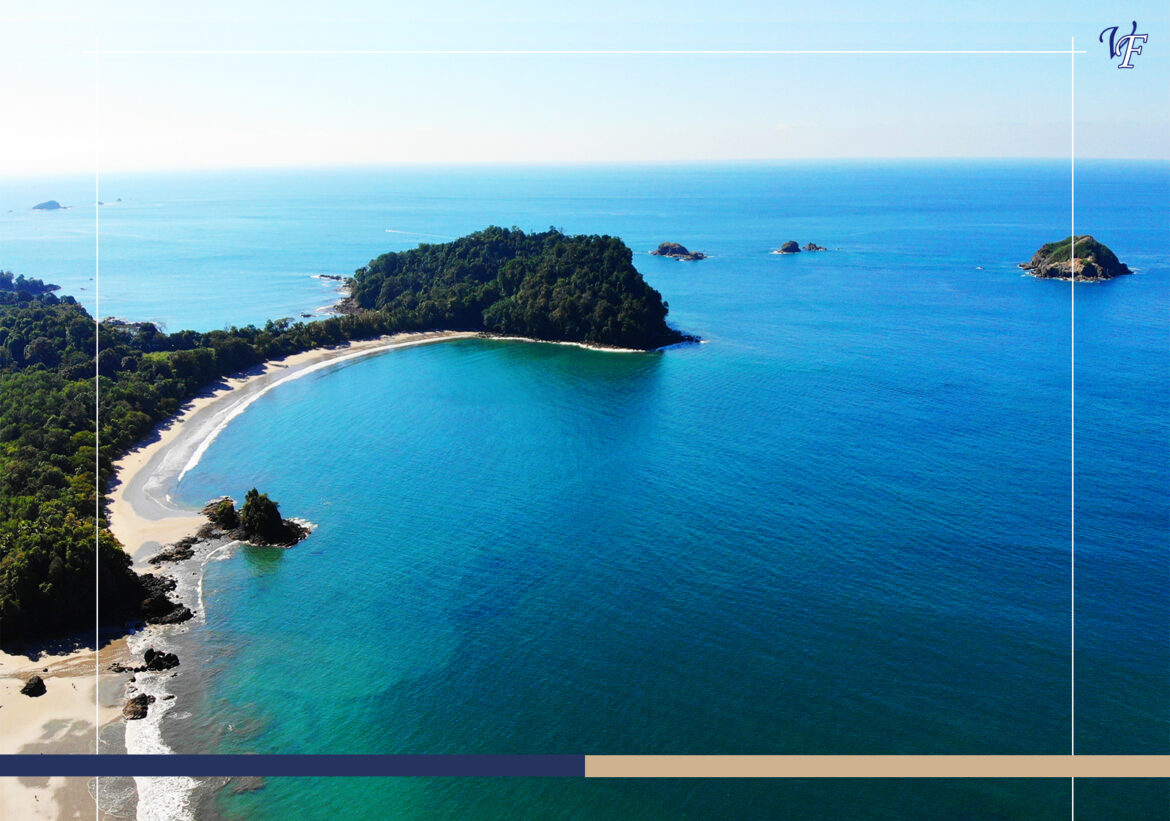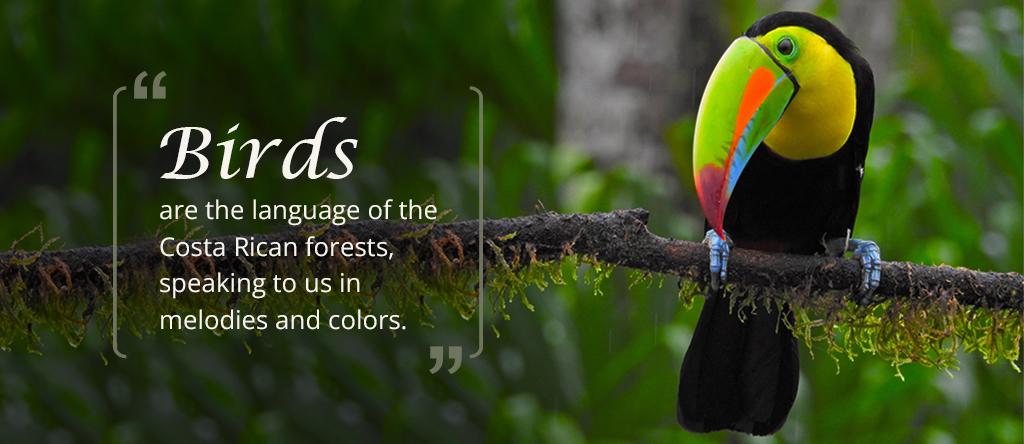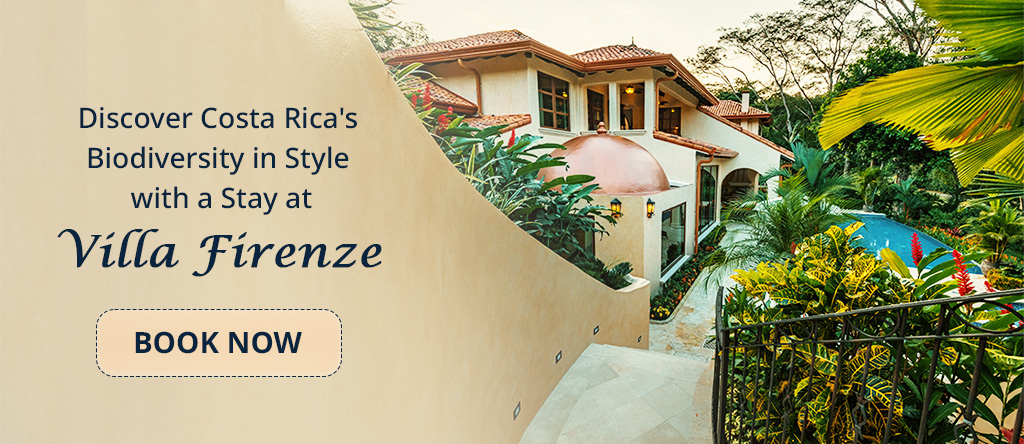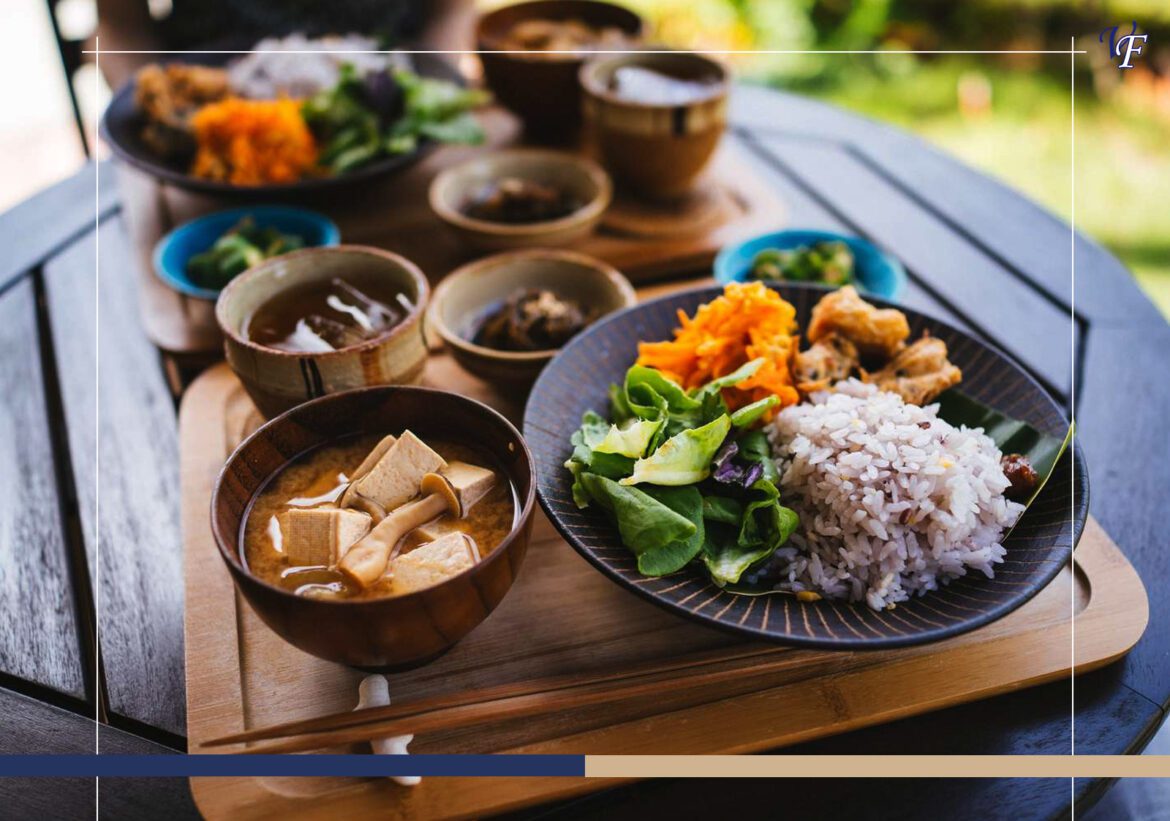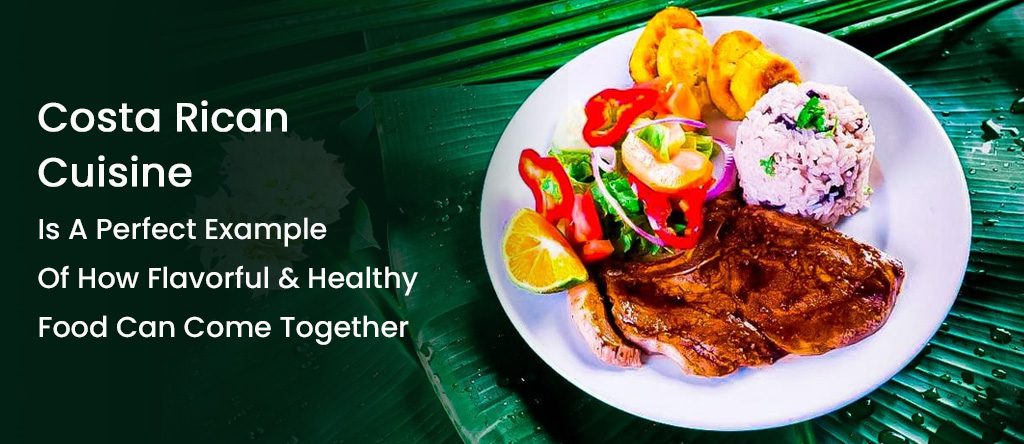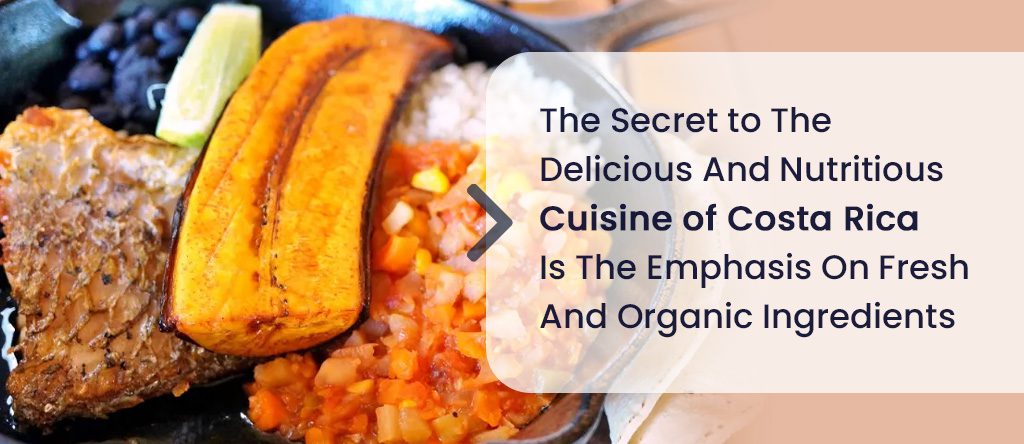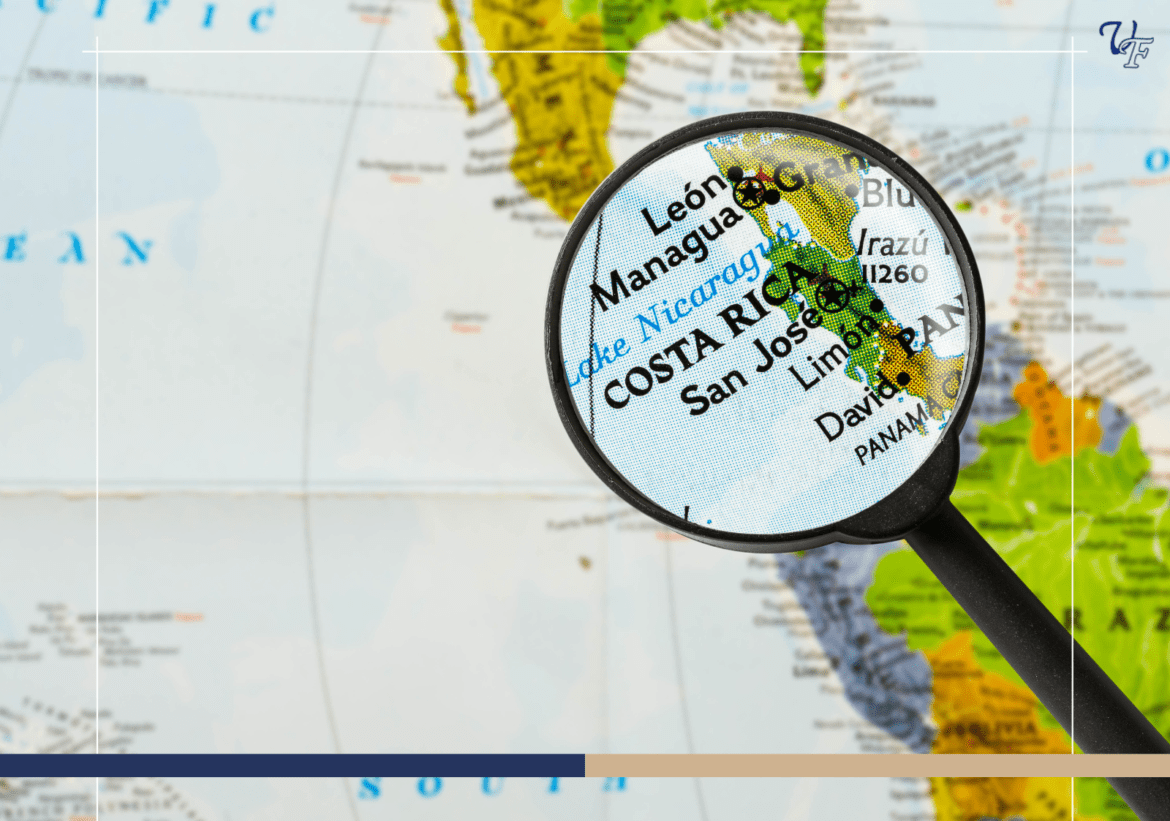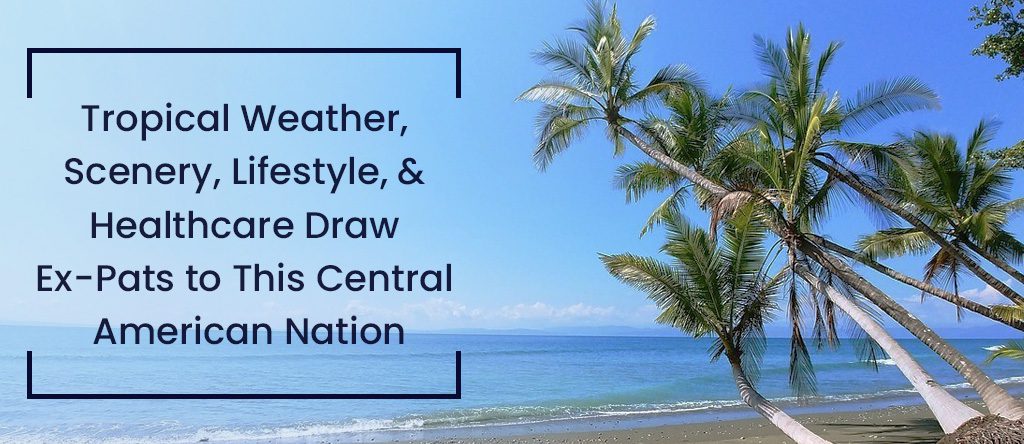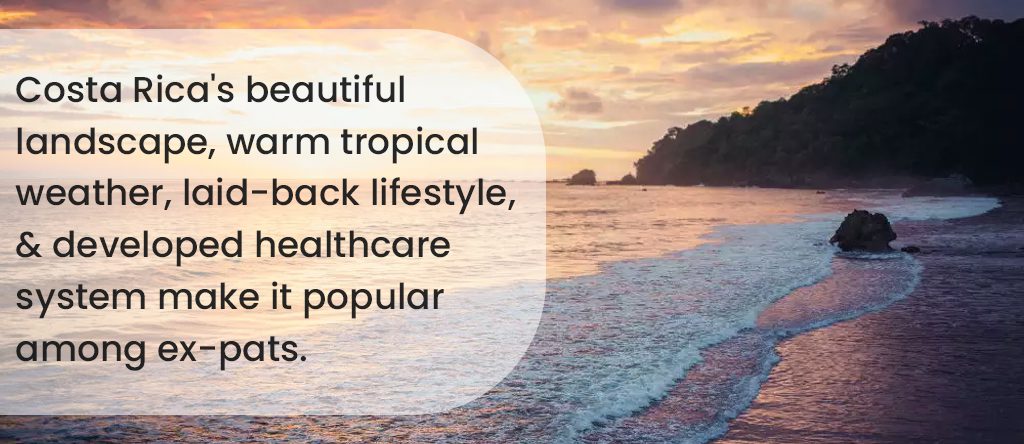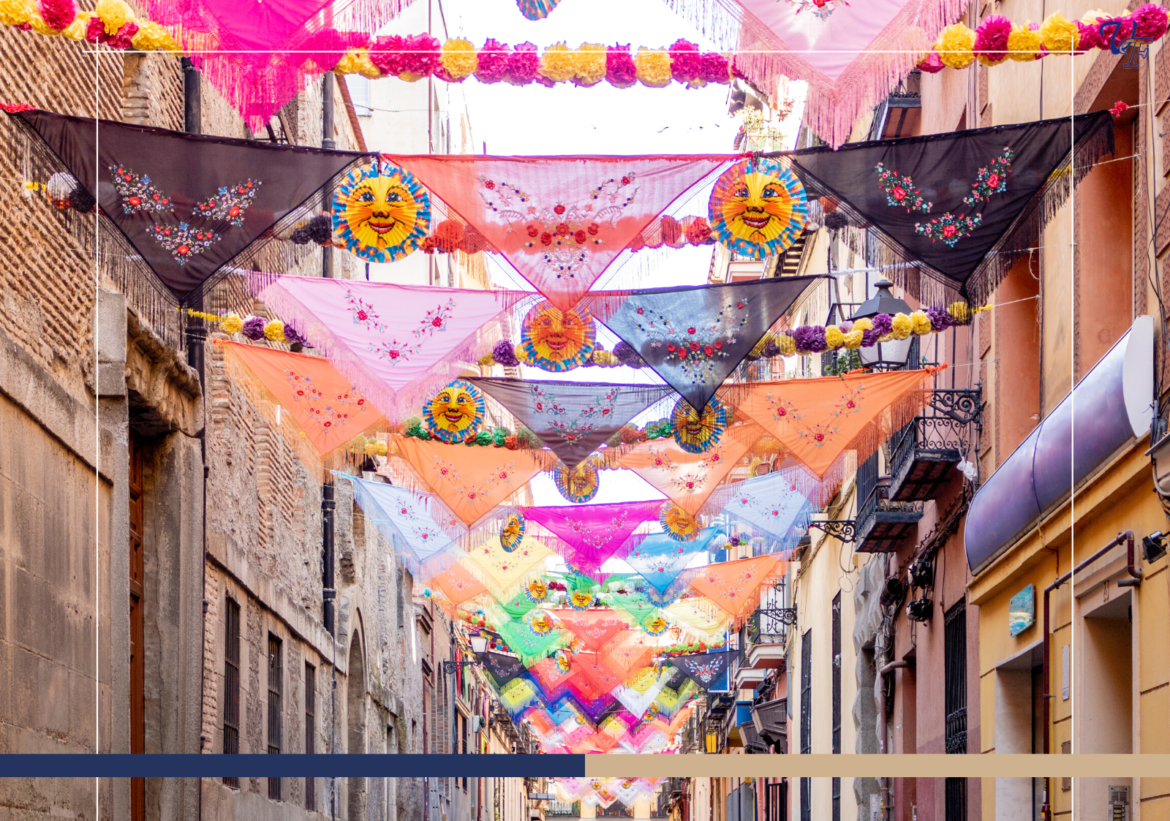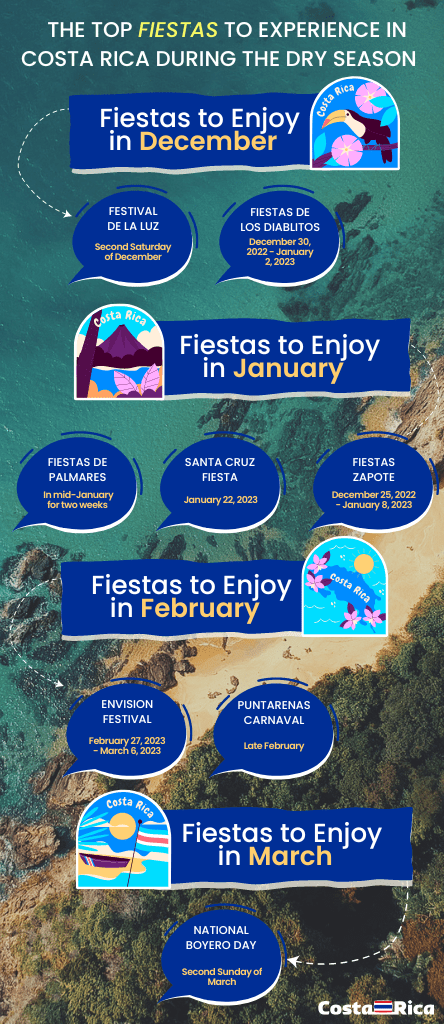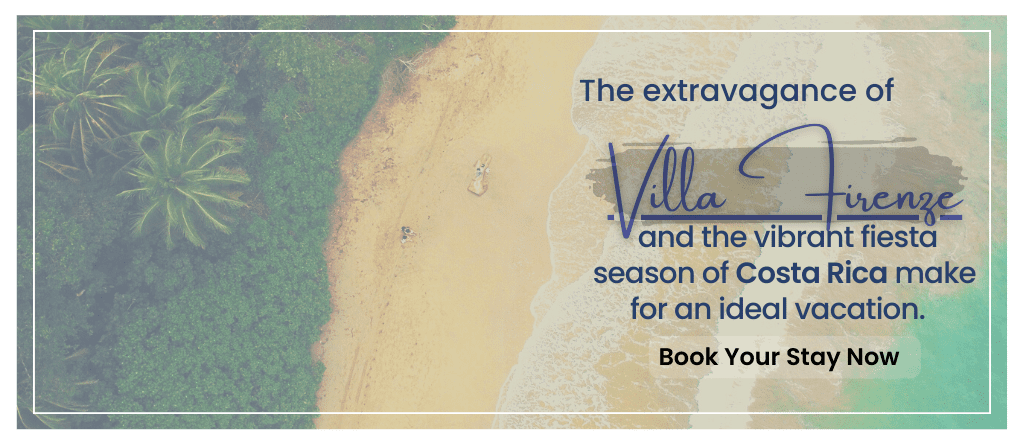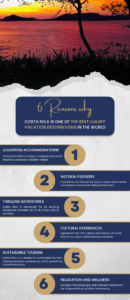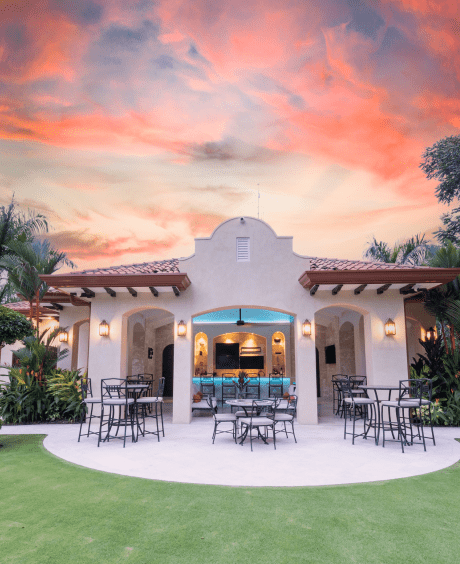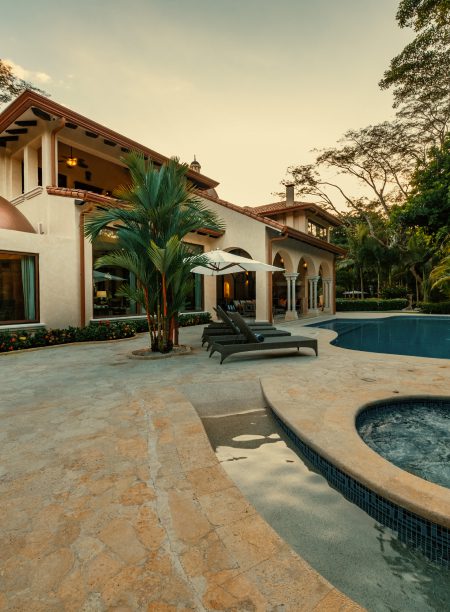Whether you seek a beach getaway, exhilarating water sports, or a taste of authentic Costa Rican culture, there could be no better way than a beach vacation in Costa Rica. While there are several beaches in this Central American country, Playa Hermosa, located in the Puntarenas, is the one you can count on.
It is a captivating coastal destination nestled along the breathtaking Pacific coast of Costa Rica. With its wide sandy beach, lush palm trees, and an array of thrilling activities, Playa Hermosa is a paradise for beach lovers, adventure enthusiasts, and almost everyone willing to escape the hustle and bustle of life.
This Hermosa beach in Costa Rica is a must-see destination, offering a picturesque atmosphere combined with breathtaking natural scenery and thrilling experiences. This coastal gem is worth exploring from the mesmerizing sunsets in the heart of Costa Rica over the Pacific Ocean to the abundance of marine life beneath its crystal-clear waters.
This comprehensive guide will take you through Playa Hermosa near Jacó, offering insights into its stunning beach, natural wonders, and thrilling water and land activities. You will also get practical tips and recommendations to help you make the most of your visit in this Playa Hermosa guide.
So, pack your sunscreen and prepare for an unforgettable Playa Hermosa adventure.
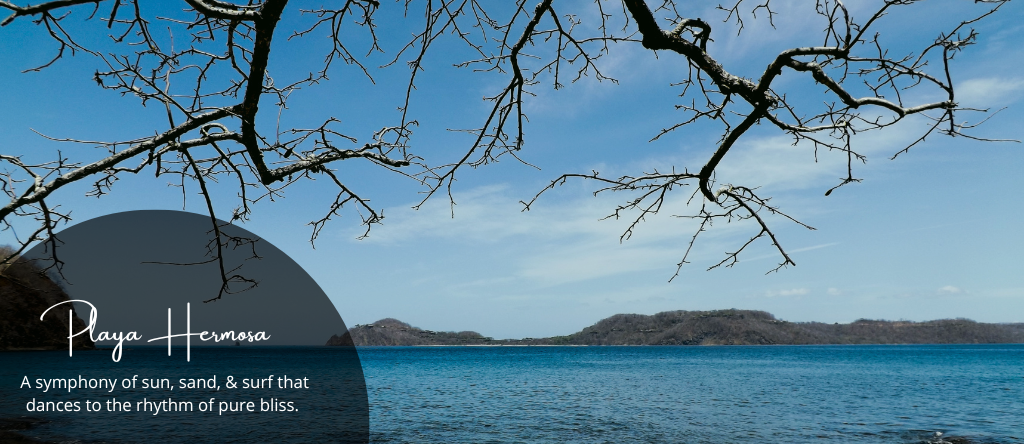
Playa Hermosa – At a Glance
| Category | Information |
| Location | Puntarenas, Costa Rica |
| Best Time to Visit | Mid-April to end of July for hot days and occasional rain showers; December to mid-April for dry season with minimal rainfall. |
| Activities | Big wave surfing, beach relaxation, and sunset watching. |
| Proximity | Conveniently located 1.5 hours from San Jose; 5 minutes from Jacó. |
| Dining Options | Several good restaurants and bars are available to choose from. |
| Accessibility | Close enough for a day trip to Manuel Antonio National Park. |
| Safety Considerations | Riptides and big waves make swimming unsafe. |
| Accommodations | It primarily caters to the surfing community. No all-inclusive resorts are available. |
| Atmosphere | Laid-back and relaxed atmosphere. |
| Highlights | Known for beautiful sunsets and is conveniently located near major attractions. |
Where is Playa Hermosa? How to Reach There
Let us start with the location of Playa Hermosa in Costa Rica. It is important to note that multiple Playa Hermosas exist in the country, but two of them are famous and often confused. These two Hermosas are located in different areas, so it’s essential to distinguish between them.
Playa Hermosa Guanacaste is situated in the province of Guanacaste, in the northwest region of Costa Rica. It is a slightly more developed beach town with pleasant condominiums, hotels, and restaurants. It offers an excellent environment for relaxation, swimming, snorkeling, and diving.
On the other hand, Playa Hermosa Puntarenas is a smaller beach town located in Puntarenas, along the coast towards the middle of Costa Rica. Although it takes a bit more time to reach Hermosa Beach in Puntarenas and is less developed than its Guanacaste counterpart, it has something special to offer – a world-class surfing experience. This Playa Hermosa is renowned for its impressive waves and a long-stretched sandy beach, making it an excellent destination for surf enthusiasts.
Now, let us explore how to reach Playa Hermosa Puntarenas:
- By Car: Renting a car and driving to the beach is recommended as it allows you to have the flexibility and explore the area at your own pace.
- By Bus: If you prefer a more budget-friendly option, you can take a bus from the San José Tracopa Terminal in the town center. The bus travels directly to the beach. Alternatively, you can take a bus from the airport to La Sabana, where you must change buses to reach the San José stop. It is just a 10-minute walk to the San José Tracopa Terminal.
- By Shuttle: Another option is to book a convenient shuttle service that takes around two hours to reach Playa Hermosa. The shuttle departs from the airport at around 8:00 am or 3:00 pm and operates in a private van.
With these transportation options, you can easily reach Playa Hermosa Puntarenas, located about one hour and 45 minutes southwest of San José. The journey will take you along picturesque coastal routes, passing by neighboring beach towns such as Playa Herradura and Jacó.
Travel Tip:
- When planning your visit to Playa Hermosa, Puntarenas, it is essential to note that there are two small beach towns with the same name in Costa Rica. One is located in the northern part of the country (Guanacaste), while the other is the Playa Hermosa near Jacó, which is the focus of this information.
- Use specific search terms such as “Playa Hermosa, Puntarenas,” or “Playa Hermosa near Jacó” to ensure you find accurate results during your online search.
- Booking accommodations and activities for the correct location is crucial, so double-check that you are reserving them for Playa Hermosa, Puntarenas, for a smooth and hassle-free experience during your stay.
- Also, there are no all-inclusive villas near Playa Hermosa. So, it would be better to be extra cautious while booking your stay.
- You can book Villa Firenze, just a short drive from Hermosa Beach, for a comfortable and hassle-free stay.
Weather at Playa Hermosa, Puntarenas
The beach experiences weather conditions similar to the rest of the Costa Rican Pacific coast. Understanding the local climate will help you plan your visit to this beautiful beach destination and determine the best time to explore both Costa Rica and Playa Hermosa.
December to mid-April: Best Time to Visit Costa Rica
During this period, Hermosa Beach enjoys a dry season with minimal chances of rainfall, making it one of the best times to visit Costa Rica. You can expect clear skies and sunny days, ideal for beach activities and outdoor adventures. However, remember that this is also the peak tourism season in Costa Rica, and neighboring Jacó tends to be quite crowded. As a result, Playa Hermosa is also likely to be bustling with visitors. If you are okay with the crowds and want to enjoy the high season spirit to the fullest, this is also an excellent time to visit Hermosa Beach.
Mid-April to end of July: Best Time to Visit Playa Hermosa
These months offer some of the best weather conditions for a visit to the beach. You can enjoy hot and sunny days, perfect for lounging on the beach and exploring the coastal beauty. However, it is essential to be prepared for afternoon thunderstorms common during this period. You can experience rain showers around 2 pm, lasting a few hours. Despite the rain, the temperature remains warm, and you might even witness the sun reappearing before a stunning sunset. Plan outdoor activities in the morning when the weather is usually at its best to make the most of your time.
August to December: Off-Peak Season
From August until December, the weather in Playa Hermosa becomes more unpredictable. Some days may offer pleasant sunshine, while others may experience continuous rainfall. This period represents the off-peak season, with fewer tourists and more affordable prices for accommodation and activities. If you prefer quieter beaches and do not mind the possibility of rain, this can be a great time to visit Playa Hermosa. Just make sure to pack accordingly and be prepared for changing weather conditions.
Playa Hermosa experiences a tropical climate with distinct weather patterns throughout the year. The best time to visit Costa Rica is around the year, while the best time to visit Playa Hermosa is from mid-April to the end of July, when you can enjoy hot days, occasional rain showers, and beautiful sunsets. If you prefer your beach vacation to be less crowded and more affordable prices, consider visiting from August to December. Regardless of the time you choose, the beach offers natural beauty and charm that will captivate any traveler.
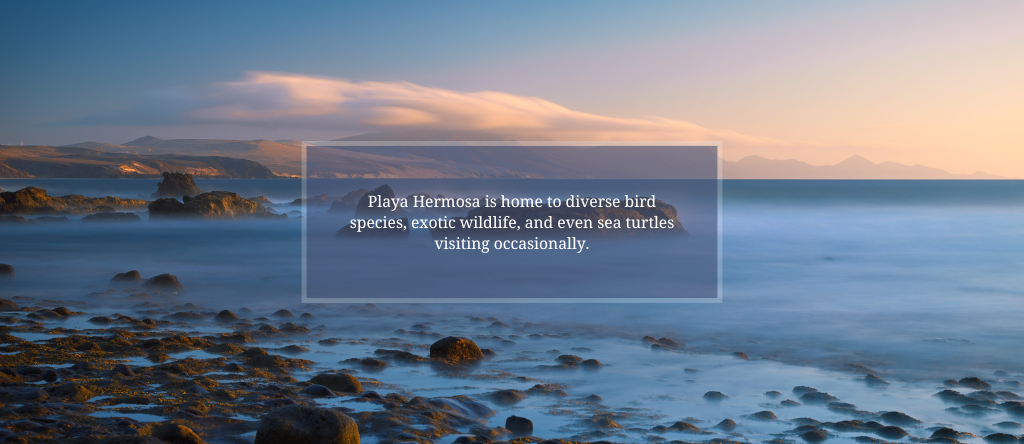
Things to do in Playa Hermosa
Playa Hermosa, Costa Rica, offers diverse experiences catering to surfers, nature lovers, adventure seekers, and those seeking relaxation. Whatever your preferences are, this coastal gem promises to leave you with cherished memories and a deep appreciation for its natural beauty and laid-back charm.
Here, we have mentioned some of the best things to do in Hermosa Beach to help you make your Costa Rica vacation itinerary.
1. Relaxing on the Beach
The pristine beach at Playa Hermosa, Puntarenas, is a remarkable sight, featuring Costa Rica’s famed long, sandy stretches. The color of the sand can change depending on the weather and how much it has rained. While swimming is not recommended due to the rough waters and high waves, the beach still offers several captivating experiences to visitors. You can stroll along the shoreline, witnessing skillful surfers, searching for vibrant parrots, and savoring the mesmerizing sunsets of the Pacific Coast at this renowned summer beach of Costa Rica.
2. Surfing
Playa Hermosa is widely recognized for its exceptional beach breaks, attracting surfers from all over the world. This beach is Central America’s first World Surfing Reserve as well. The beach boasts consistent beach breaks throughout the year, with the spring and summer months offering optimal swells for surfing enthusiasts. The area primarily caters to experienced surfers, as the waves can reach considerable heights. Beginners seeking smaller waves can venture to nearby Jacó. Even if you are not catching waves, witnessing the surfers in action is an incredible experience.
3. Birdwatching
Playa Hermosa in Puntarenas, Costa Rica, is a paradise for birdwatching enthusiasts. This coastal gem offers an exceptional opportunity to witness a remarkable diversity of tropical bird species in their natural habitat. With its lush surroundings and proximity to the natural reserves, this beach has become a haven for spotting captivating avian creatures. Look out for the vibrant scarlet macaws, known for their striking colors and playful presence in the treetops. Toucans, parrots, and hummingbirds are also among the tropical Costa Rican bird species you can expect to encounter.
4. Hiking
Experience the thrill of embarking on an unforgettable hiking journey through the lush landscapes that encompass Playa Hermosa. Discover a network of scenic trails that wind through dense forests, leading you to breathtaking viewpoints, hidden waterfalls, and encounters with diverse wildlife. As you traverse the enchanting terrain, embraced by tranquil surroundings, you will get an opportunity to explore the untouched natural beauty of Costa Rica. You can also check out our guide to hassle-free hiking in Costa Rica to make your hiking experience unforgettable.
5. Zip-lining
While visiting Hermosa Beach in Costa Rica, do not forget to enjoy an unforgettable zip-line adventure and feel the surge of adrenaline as you soar through the treetops. With each thrilling glide through the air, you’ll be filled with an electrifying sense of freedom and excitement. You will also get to witness the mesmerizing natural wonders of the Hermosa from a whole new perspective as you start exploring the untamed beauty of this remarkable destination. Brace yourself for a heart-pounding, soul-stirring escapade that will leave you breathless and craving more. The nearest ziplining company is located in Playa Herradura, 20 minutes away from Playa Hermosa.
6. Horseback Riding
Experience the beauty of Hermosa Beach’s magnificent scenery on a horseback ride. Saddle up and embark on a guided horseback riding tour, meandering through scenic trails and pristine beaches. Enjoy the gentle rhythm of your horse’s gait as you explore the area and soak in the serene ambiance.
7. ATV Tours
For those seeking a more adventurous experience, ATV tours offer an exhilarating way to explore the diverse terrain surrounding Playa Hermosa. Feel the thrill as you navigate rugged trails, cross rivers, and discover hidden gems off the beaten path. Being one of the interesting things to do on the Pacific Coast, this off-road adventure allows you to embrace the wild side of the country most amazingly and uniquely.
8. Tour to Waterfalls
While embarking on an excursion to Hermosa Beach, Costa Rica, you cannot miss exploring enchanting waterfalls. Guided by experts, venture through lush rainforests to discover mesmerizing cascades and immerse yourself in the natural beauty surrounding you. Witness the awe-inspiring sight of water gracefully descending into pristine pools, creating a symphony of tranquility. After your waterfall adventure, surrender to pure relaxation in the inviting embrace of other natural wonders like rainforests, protected reserves, and more. Feel your worries melt away as the mineral-rich waters revitalize your senses. These experiences are indeed worth including in your 10-day Costa Rica travel itinerary.
9. Yoga and Wellness Sessions
During your visit to the beach in Puntarenas, discover inner peace and serenity while indulging in yoga and wellness sessions. Skilled instructors will guide you through yoga poses, meditation, and mindfulness practices, helping you harmonize your body and mind. Allow the soothing sounds of the ocean and gentle breeze to deepen your connection with yourself and the surrounding environment. Embrace the transformative power of yoga as you cultivate strength, flexibility, and balance. You can also indulge in additional wellness offerings, such as spa treatments and holistic therapies, to restore your well-being.
Helpful Tips and Things to Remember While Visiting Playa Hermosa
During your visit to Playa Hermosa, remember to embrace and enjoy the laid-back vibe, be open to new experiences, and immerse yourself in the natural beauty and welcoming culture of this coastal paradise. And to help you make your stay unforgettable, here are some helpful tips and things to remember when visiting Playa Hermosa, Puntarenas.
1. Sunscreen and Sun Protection: The sun in Costa Rica can be intense. Remember to apply sunscreen regularly and wear a hat, sunglasses, and lightweight, breathable clothing to protect yourself from the harsh sun rays.
2. Water Safety Essentials: While the beach offers breathtaking views, swimming can be challenging due to strong currents and big waves. Exercise caution and only swim if you are an experienced and confident swimmer. It is best to consult local authorities or surf schools for information on safe swimming spots nearby.
3. Surfing Etiquette: If you are willing to surf, familiarize yourself with surfing etiquette and respect the local surfing community. Follow proper wave priority rules, be mindful of other surfers, and maintain a friendly and respectful attitude.
4. Bug Protection: Mosquitoes and other insects are common in tropical environments. Pack insect repellent and consider wearing lightweight, long-sleeved clothing when mosquitoes are most active, i.e., during dusk and dawn.
5. Cash and Currency: For convenience, carrying cash in smaller denominations is recommended because some local businesses may not accept credit cards. ATMs are available in nearby towns like Jacó if you need to withdraw some money.
6. Language: While many locals speak English, learning a few basic Spanish phrases is helpful to enhance your interactions with the locals.
7. Transportation: Consider renting a car or using reliable transportation services to explore the beach and nearby areas. Public buses and shuttles are also available. They are the most cost-effective transportation options you will get.
8. Weather: Playa Hermosa experiences a tropical climate with occasional rain showers. Pack a lightweight rain jacket or umbrella and be prepared for changing weather conditions. Quick-drying clothes and a waterproof bag can also come in handy.
9. Respect for Nature: Hermosa Beach is home to diverse ecosystems and wildlife. Respect the environment by refraining from littering, avoiding wildlife disturbance, and following designated hiking trails.
10. Health and Safety: Prioritize your health and safety by staying hydrated, practicing good hygiene, and carrying a basic first aid kit. It is also recommended to have travel insurance that covers any medical emergencies or unexpected situations.

Conclusion
Playa Hermosa, Puntarenas, is a hidden gem along the Costa Rican Pacific coast, offering a unique blend of natural beauty and thrilling activities. While exploring the beach, choosing accommodations that provide comfort and convenience is crucial. Villa Firenze, located just a short drive from Playa Hermosa, offers an exceptional stay with its luxurious amenities, stunning views, and proximity to the area’s attractions. Whether seeking a peaceful retreat or an action-packed adventure, Villa Firenze is an ideal base to experience the best of Playa Hermosa and its surrounding areas.
So, go through this Playa Hermosa guide and get ready to embark on a remarkable adventure that will leave you with lifelong memories.







